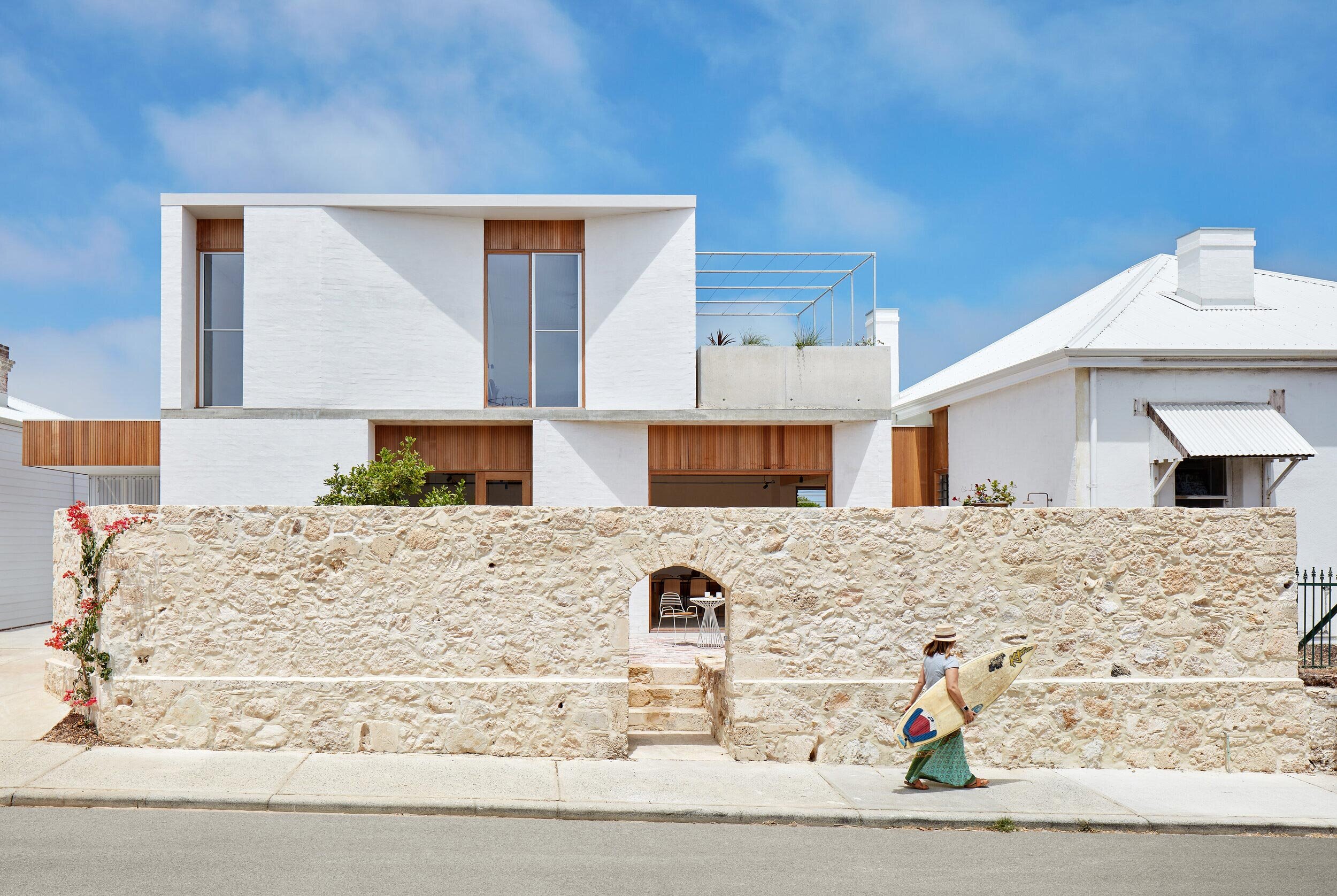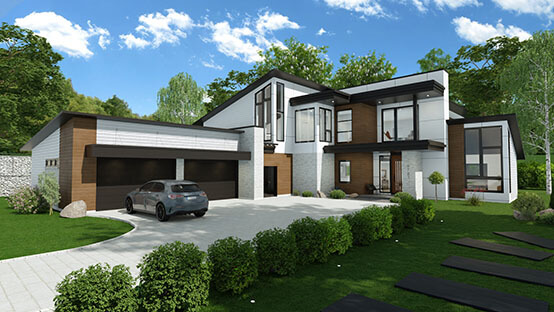Expert Residential Architects to Design Your Dream Home with Precision and Style
Expert Residential Architects to Design Your Dream Home with Precision and Style
Blog Article
Exactly How Residential Architects Produce Personalized Homes for Every Way Of Life
The procedure by which residential engineers style personalized homes is a nuanced interaction of understanding client requirements and translating those insights right into functional space. Through thorough consultations and the usage of style devices, engineers catch the essence of their customers' way of lives, guaranteeing that each home reflects individual values and desires. This collective technique expands past first principles, including sustainable methods and cutting-edge innovations to boost daily living. As we discover the intricate steps associated with this transformative procedure, a much deeper admiration for the engineer's duty fit unique environments begins to arise.
Recognizing Customer Requirements

Efficient communication is extremely important in this procedure. Architects should motivate customers to articulate their way of lives, family dynamics, and future desires, guaranteeing that the design shows their distinct identification. By using tools such as surveys, meetings, and visual studies, architects can collect valuable understandings into the client's vision.
In addition, understanding the context in which a home will certainly exist is necessary. Designers have to consider variables such as the website characteristics, regional environment, and cultural impacts that can affect the layout. This all natural method enables the development of rooms that are not only aesthetically pleasing yet also practical and lasting.
Ultimately, a deep understanding of customer requires enables engineers to produce tailored homes that enhance the top quality of life for their passengers, cultivating a feeling of belonging and comfort within their living atmospheres.
Design Process and Partnership
The design procedure in household design is a vibrant interaction of imagination and partnership, where architects, clients, and various stakeholders work closely to bring a vision to life. This repetitive trip generally begins with a collection of meetings to establish a thorough understanding of the client's ambitions, preferences, and way of living needs. During these conversations, engineers gather essential details, enabling them to conceptualize layouts that line up with the customer's vision.
Complying with the first assessments, the design phase progresses via sketches, 3D models, and building renderings. This aesthetic communication serves as a tool for engineers to present ideas, while likewise inviting client responses, making certain that the last design reverberates with their expectations. Effective partnership with designers, specialists, and interior developers is critical throughout this phase, as it makes certain that all practical facets of the task are effortlessly incorporated.

Incorporating Lifestyle Aspects
Incorporating lifestyle aspects right into household layout is essential for creating areas that genuinely resonate with the residents. residential architecture homes. This process starts with comprehending the special requirements, preferences, and daily regimens of the property owners. Designers participate in detailed conversations to reveal just how the private or family uses their space, whether for enjoyable guests, seeking hobbies, or seeking silent hideaway
As soon as these insights are gathered, architects continue reading this can tailor style functions that enhance daily experiences. Open floor plans might be developed for family members that prioritize togetherness, while committed workspaces can be incorporated for those that work from home. Outside locations, such as patio areas or yards, can be emphasized for families that appreciate outdoor activities or entertaining.
In addition, versatility is a vital consideration; multi-functional spaces enable flexibility as way of livings develop gradually. Custom-made storage services can additionally be integrated to satisfy certain company requirements, guaranteeing that the home stays clutter-free and useful. Eventually, by thoughtfully weaving way of living aspects into the building fabric, residential designers produce personalized homes that not only satisfy aesthetic needs but also dramatically improve the quality of life for their customers.
Lasting and Smart Layout
Sustainable and wise design increasingly plays a pivotal duty in household style, as property owners look for to lessen their environmental impact while improving their living experiences. Designers are now incorporating environment-friendly products, energy-efficient systems, and ingenious technologies to produce homes that not only fulfill aesthetic wishes but additionally offer the planet.
Incorporating renewable resource resources, such as solar panels and wind turbines, allows homeowners to harness natural deposits, significantly decreasing dependence you can try this out on standard power grids. Smart home innovations further boost sustainability by optimizing energy usage through automated systems that regulate cooling, lighting, and home heating based on occupancy and choices.
Moreover, the usage of sustainable building materials-- like recovered wood, bamboo, and recycled steel-- promotes a circular economic climate, minimizing waste and source consumption. Architects also emphasize easy style concepts, making certain homes are oriented for maximum natural light and air flow, consequently lessening the need for fabricated home heating and cooling.
Along with eco-friendly benefits, lasting and smart style adds to the overall comfort and health of residents. By focusing on interior air top quality and natural elements, designers produce areas that promote wellness, allowing home owners to grow in consistency with their atmosphere.
Wrapping Up and Implementing Plans
Completing and implementing plans is an essential stage in the residential design process, where the vision of a customized home begins to materialize. This stage entails careful attention to detail, ensuring that every aspect of the design is specifically articulated and ready for construction. residential architecture homes. Architects work together very closely with clients to examine final strategies, addressing any kind of final modifications or problems, while making certain that all elements line up with the property owner's way of living requirements
Once plans are settled, engineers prepare detailed building papers, including thorough illustrations and specs that serve as a plan for home builders. These files detail materials, surfaces, and installation techniques, providing clarity for service providers and subcontractors. In addition, safeguarding needed authorizations and sticking to regional building regulations is necessary, as it makes certain compliance and my website smooth task implementation.
Reliable interaction is vital throughout this stage. Routine updates and conversations with builders help to alleviate prospective issues prior to they develop. By fostering a collaborative setting, architects can guarantee that the application lines up with the original vision. Eventually, this vital stage transforms principles into fact, laying the foundation for a home that mirrors the one-of-a-kind way of life and choices of its inhabitants.
Final Thought
In conclusion, domestic engineers play an essential function in crafting customized homes that cater to varied lifestyles. Through careful understanding of client demands, collective design procedures, and the integration of way of living elements, architects guarantee that each home shows private choices.
The process by which household engineers style personalized homes is a nuanced interaction of comprehending client requirements and converting those understandings into useful living spaces. Via comprehensive appointments and the usage of design tools, designers record the significance of their customers' lifestyles, making sure that each home reflects personal worths and ambitions. Engineers need to encourage clients to articulate their way of lives, household characteristics, and future ambitions, guaranteeing that the design shows their distinct identity.The layout procedure in residential design is a dynamic interaction of imagination and cooperation, where architects, clients, and different stakeholders function closely to bring a vision to life - residential architecture homes. Via meticulous understanding of client demands, joint design processes, and the integration of way of life components, engineers make sure that each home mirrors individual choices
Report this page